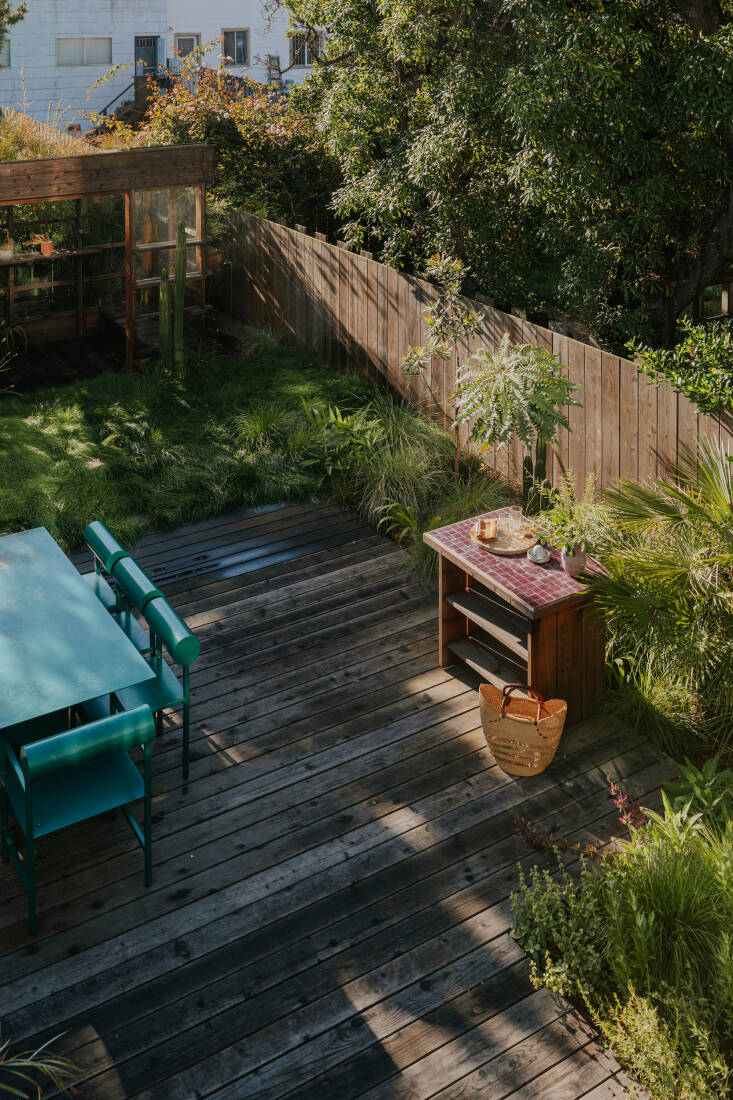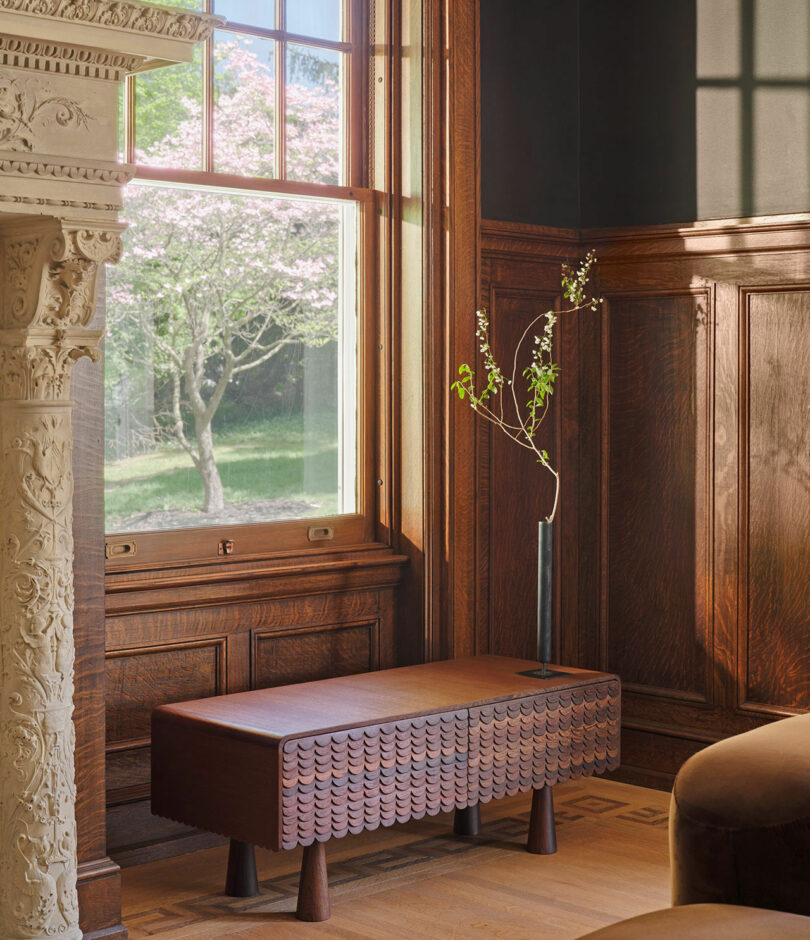Would you like to add an extra 250 square feet of living space without spending tens of thousands of dollars? Read on to learn everything you need to know:

What is the difference between a deck and a patio?
A patio is built at ground level, on a level surface, and typically is constructed of a “permanent” material such as stone pavers, brick, or poured concrete. A deck floats above the ground, supported by footings, at a height of anywhere from a few inches to many feet and can be built on an existing slope.
Typically, a patio is considered more of a permanent feature–and is more expensive to build. For instance, a 250-square-foot bluestone patio costs $3,797 to build (including materials) on average, more than twice as much as the $1,882 price tag to build a wood deck of the same size, according to Homewyse.

OK, a deck. How do I design a deck?
Pros know: Start the design process by consulting a landscape architect or designer, who will help you come up with a design based on how you want to use a deck and the physical properties of your land (Does your yard slope? Is the ground marshy? Do you want to build around existing trees without causing them damage?). A professional also will know if you need a permit for a deck and whether local building codes require a railing.
Attached vs. freestanding: You can build a freestanding deck on your property, but if you plan to use a deck as an extension to everyday living space, consider attaching it to the house for indoor-outdoor flow. Use string and stakes to lay out the design to make sure you like the size and shape.

Can I build my own deck?
After you have a plan in hand, if you are extremely handy you may want to build your own deck. But keep in mind there is more to building a deck than sawing and nailing lumber planks. In a cold climate, you will need to dig piers below the frost line to support the deck and make sure it doesn’t heave in winter as the ground freezes and thaws. If you are not Bob Vila, you probably will be better off (and save money in the long run) by hiring a contractor or master carpenter.

Is wood the best material for a deck?
Wood is our favorite choice for a deck because it’s a natural material that complements the surrounding landscape; left untreated, wood decks will fade to a soft silver color that plays a supporting role to the garden that surrounds it. Other than wood, the best choice for a deck is a composite material–made of a combination of wood and recycled plastic–which has its own pros and cons.




